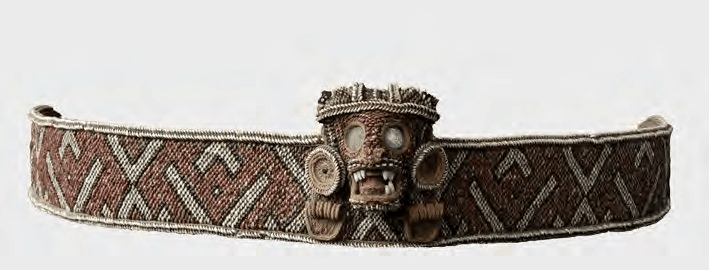Although our beloved Bainet during the French colonial period and Haitian era is quite distinct from the earlier Spanish colonial period, we believe a holistic view of the history of our region must include the Spanish and precolonial periods. As part of this process, we would like to share some lists of caciques from the Yaquimo (Jacmel under the Spanish) area included in the Albuquerque Repartimiento of 1514. The tables are by Luis Arranz Marquez's Repartimientos y encomiendas en la Isla Española: el repartimiento de Albuquerque de 1514. Of course, a lengthy period of time between the eventual abandonment of Yaquimo during Spanish rule and the French establishment of Bainet in 1698 means there is likely no direct continuity from the earlier period. Indeed, some sources point to the depopulation of the town of Yaquimo by 1520 (along with that of Vera Paz) for the town founded at La Yagauana.
From the names of the caciques, the vast majority using Spanish names, it might be possible to explore, speculatively, of course, any possible toponyms that might be associated with the area of modern Bainet. We know brazilwood was one of the early exports exploited by the Spanish in Yaquimo, which may correspond with the section of Brésilienne. In addition, the area's population was also significantly impacted by forced relocations through the encomienda system. One Spanish source from 1515 enumerated 1039 Indians of service in Yaquimo but after relocating some mining or other parts of Hispaniola, Yaquimo was left with only 863 Indians. By the late 1500s, Yaquimo was also described in 1577 as including a hato owned by a resident of La Yaguana, but the only people living there were blacks and Indians. These residents apparently notified French and Portuguese traders about possible danger from Spanish ships and supported illegal trading. The town was already abandoned but a small population of mixed-race people, blacks, and Indians were still living in the region by the end of the 16th century. By the second half of the 17th century, and before the French establish a presence at Jacmel, Exquemelin referred to Jacmel and Jaquina (Aquin?) as ports on the coast of the island.
Yaquimo's name seems to a reference to the large river that passed through the area to the Caribbean Sea. While the more famous Yaque rivers to the east (sometimes spelled Yaqui in 16th century Spanish sources) are rather distant from Jacmel, perhaps the name Yaquimo was a reference to the Grande Riviere de Jacmel? According to Granberry, mo alluded to rivers. Perhaps the Yaque or Yaqui referred specifically to large rivers? The name Iacchi was said to be in Bainoa by Peter Martyr d'Anghiera, who also identified the Yaque del Norte as Iaccha. It seems very likely that Yaquimo's name was given as Iacchi in the map of Morales which later became Jacmel to the French. According to Granberry and Vescelius, the Taino mo signified river. Thus, one can see how Iacchi plus mo became Yaquimo, a name retained by the Spanish (who initially referred to the area by Brazil due to the brazil wood from the forested region). Alternatively, the toponym Jaquimeyes in the Dominican Republic might suggest an etymology. That Dominican town's name comes from a local term for a type of bejuco. Perhaps the Iacchi or yaqui or jaqui reffered to this type of plant? It seems unlikely since the herb or plant identified by Descourtilz as very common in Jacmel was not the jaquimei, or Hippocrotea volubilis.



No comments:
Post a Comment